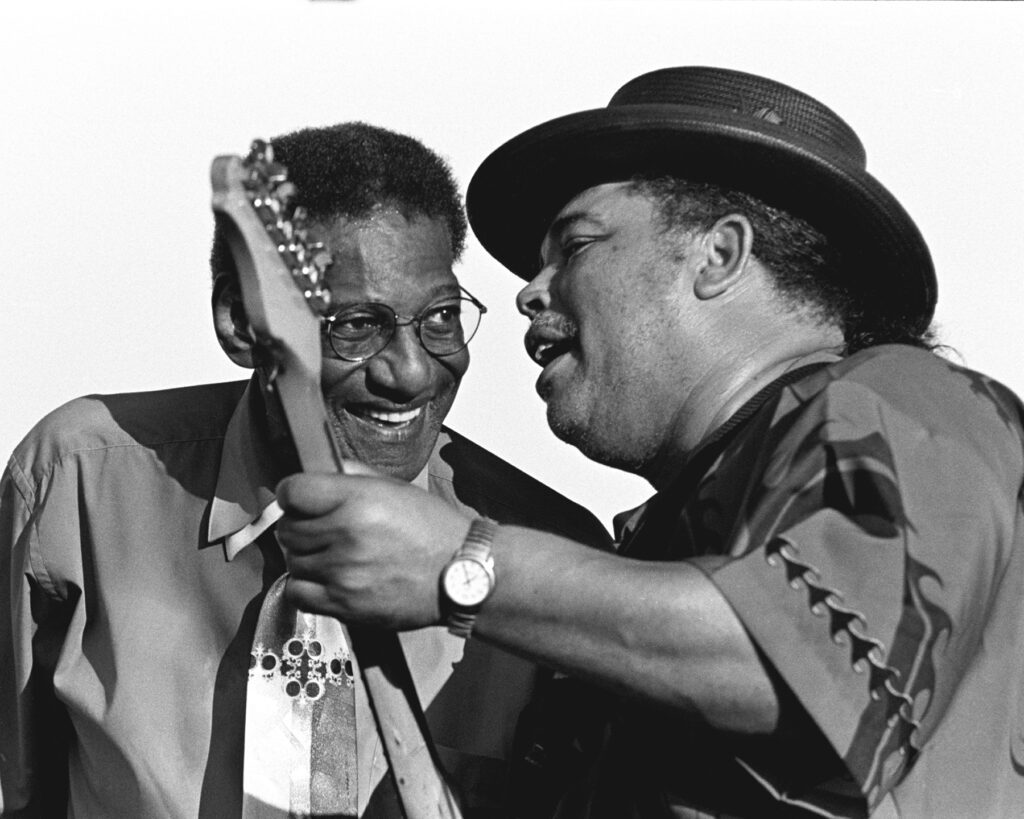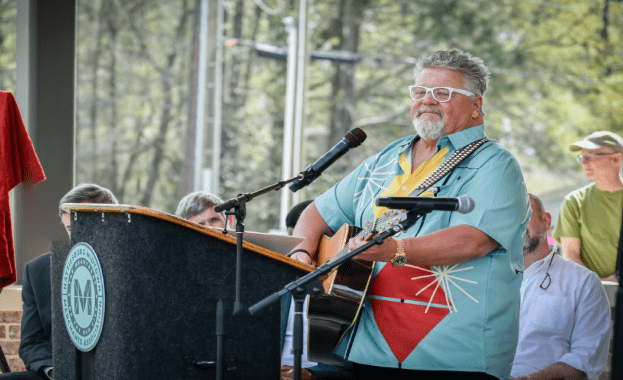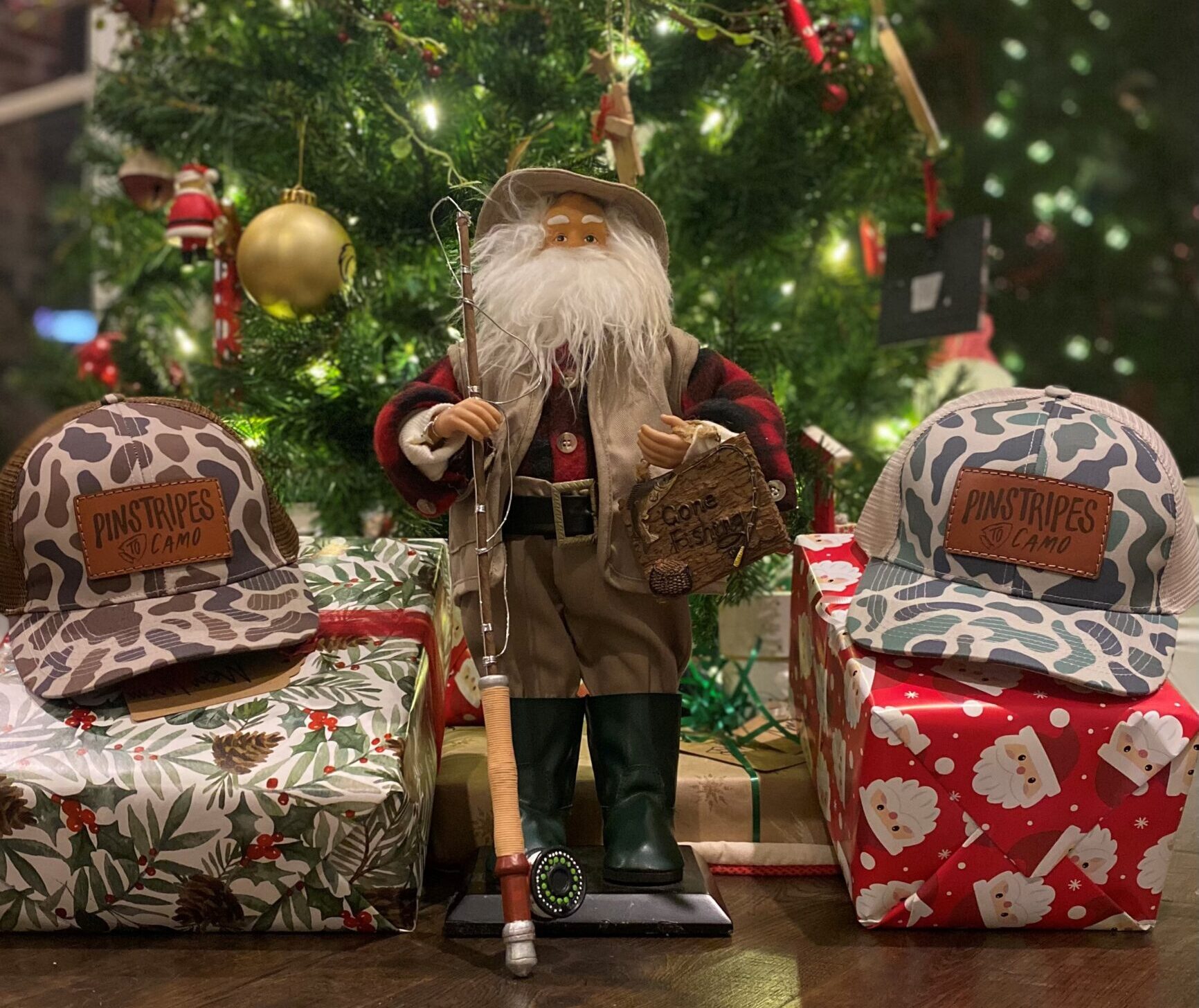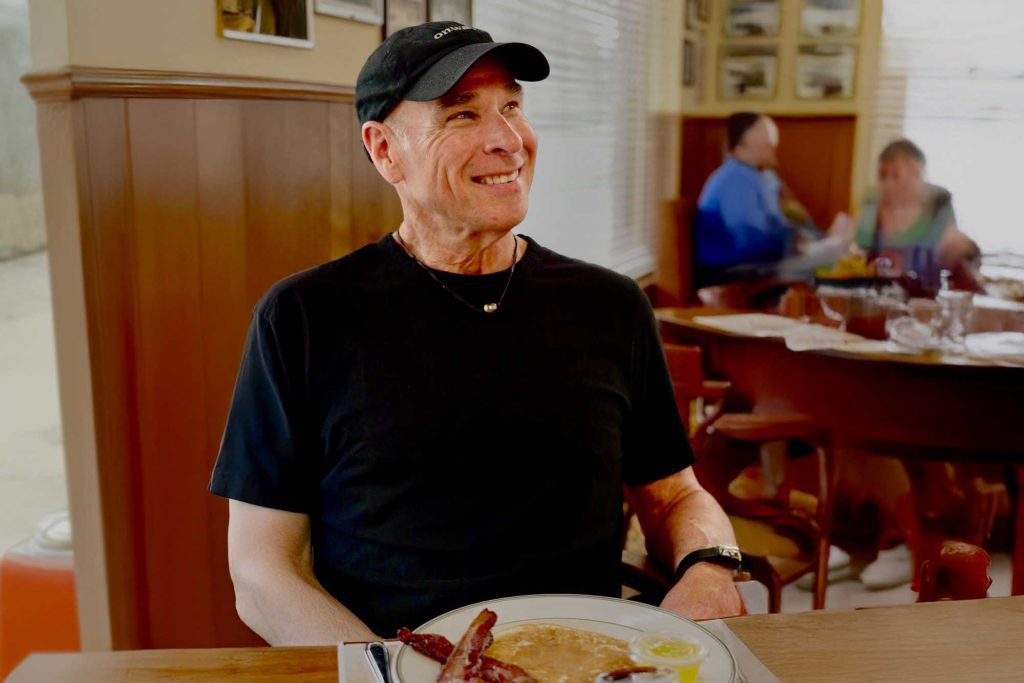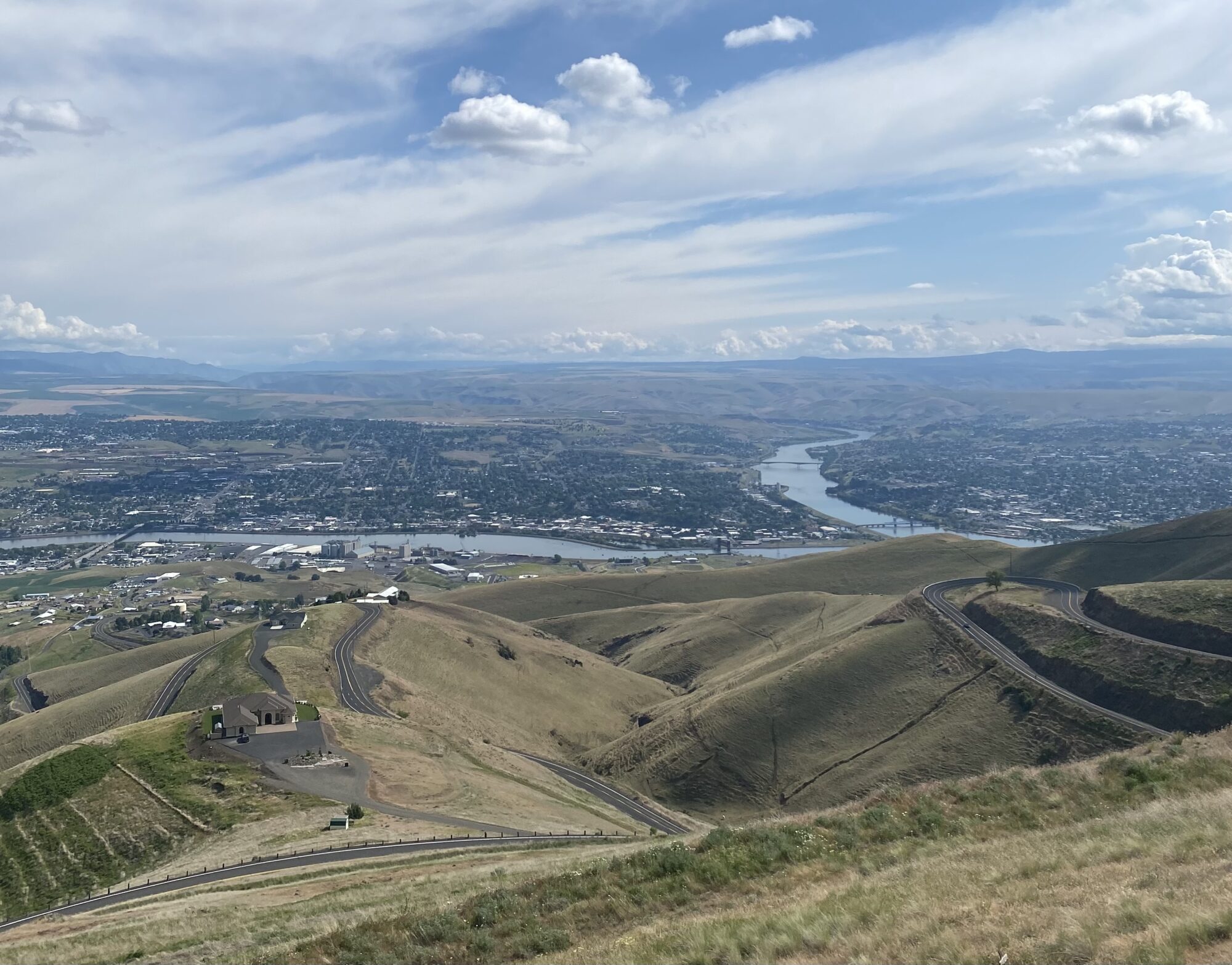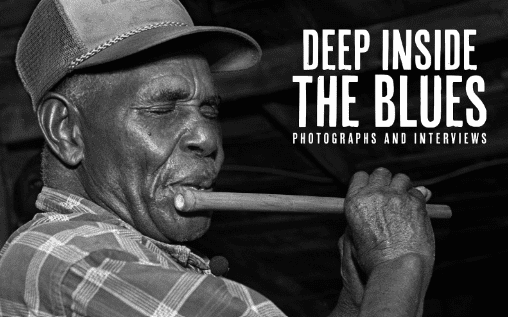
Author and photographer Margo Cooper spent decades chronicling the blues musicians and music that struck her “like a bolt of lightning.”

Photographer and blues music enthusiast Margo Cooper was reveling in a whirlwind of names and faces during her first visit to Mississippi in 1997, some new and some that had assumed the gravitas of legend, and still others she had met and photographed in and around Boston, where they played at venues like the original House of Blues in Cambridge, Mass.
Compelled by a desire to understand the artform that had captured her imagination as a teenager in New England—when the Junior Wells and Buddy Guy romp “Messin’ With the Kid” hit her “like a bolt of lightning”—she arrived in Senatobia, a guest of Calvin “Fuzz” Jones, a bluesman she befriended through her lens work.
“These guys were alive when there was sharecropping and segregation,” she says. “Most of them obviously had grown up in Mississippi or in the Helena [Ark.] area, and I just, without a lot of thought, [decided], ‘I need to go to Mississippi.’”
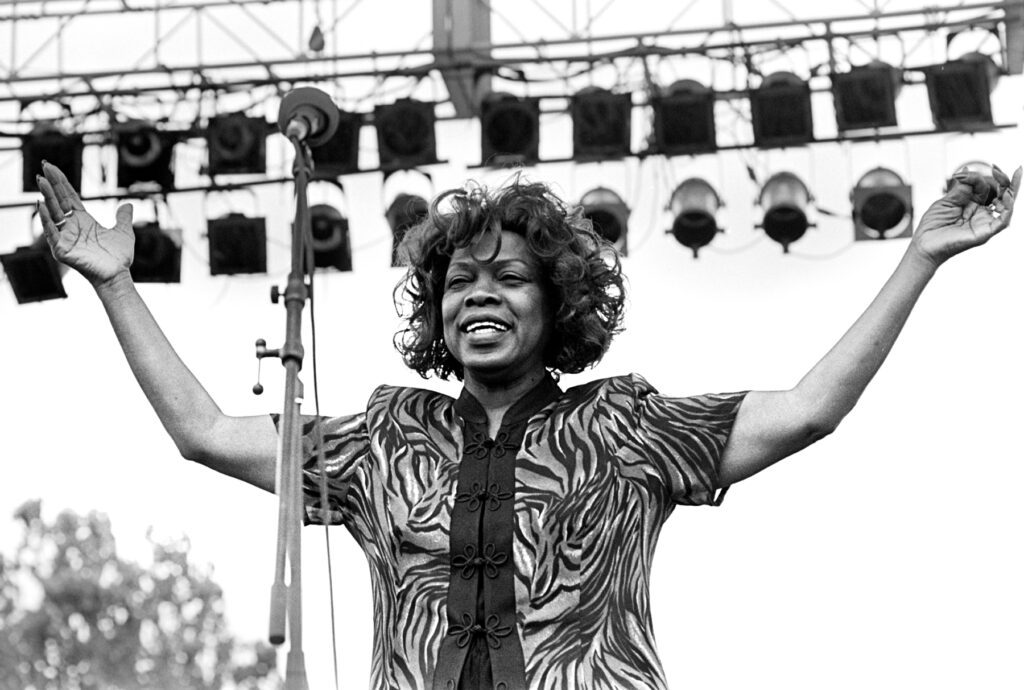
Her rambles brought her to West Point for the Howlin’ Wolf Memorial Blues Festival, where she visited with Annie Eggerson, a cousin of the blues legend, and saw where he sometimes slept. When she was looking for the next adventure on her largely unmapped trip, David Nelson, a former editor of Living Blues magazine, informed her that Othar Turner’s annual goat picnic was about to commence back in Senatobia.
Cooper had never heard the primal rhythms and melodies of the fife-and-drum blues native to the Mississippi Hill Country and upland areas of Georgia, but they made a lasting impression. “As the day went on, Othar took to the fife and drums, and the people just gathered around as they do with excitement and people dancing,” she says. “Obviously the music is thrilling, it’s hypnotic, it’s mystical. I was just overjoyed that David had suggested I go.”
She continued to trek southward for Turner’s family picnic every year, even after he and his daughter, Bernice Turner Pratcher, passed on consecutive days in 2003. She would offer to help sell food and beer or clean up when she wasn’t spinning rolls of film into historical documents.
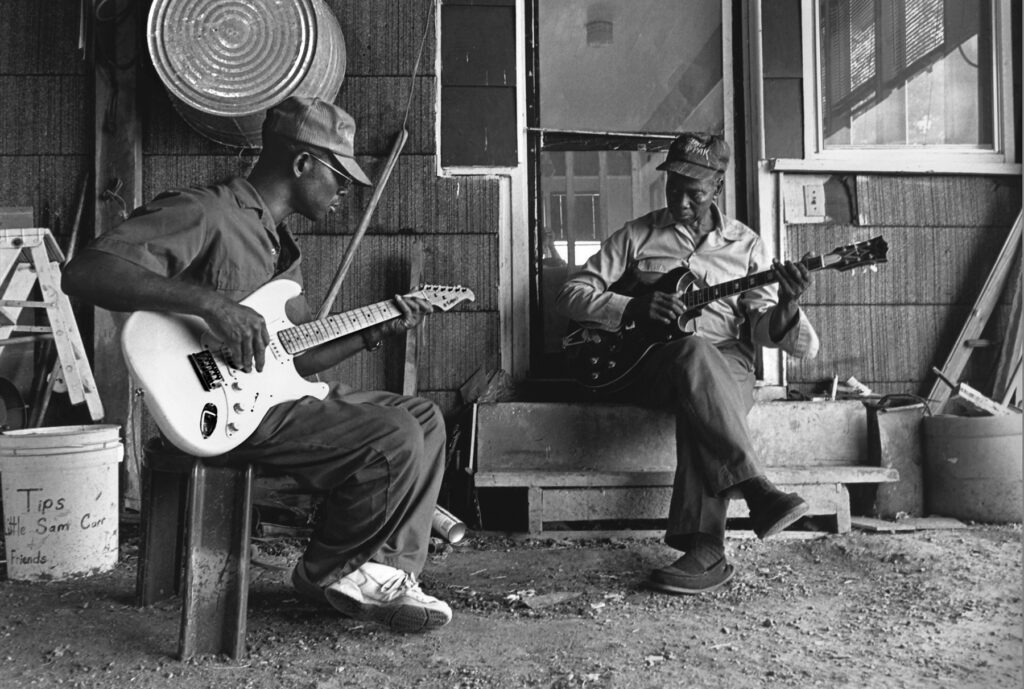
Images from these visits are among the 160 photographs compiled in her new book, “Deep Inside the Blues,” a collection of Cooper’s images and interviews with blues musicians published by the University Press of Mississippi in November.
“These people were my teachers,” she says. “I’m coming down from the North—I didn’t go through these experiences—and people were patient, they were friendly. I went down because I was interested in the stories behind the music and the realization [of what] these people who I’m befriending and photographing had gone through.”
“Deep Inside the Blues” gives readers an intimate look at musicians such as T-Model Ford and Jimmy “Duck” Holmes, as well as younger artists like Cedric and Garry Burnside, in their own words. Cooper presents the interviews as first-person narratives, with each subject telling his or her story in their own voice.
“These are firsthand accounts of what it was like to grow up in Mississippi in the twenties, thirties, forties,” she says. “More people need to know these stories about American history, Southern history and culture, in addition to blues fans who would be interested in their careers and who were their mentors.”
The book serves as a culmination of three decades of work for Cooper, who all the while has led a double life, splitting time between her law practice in New Hampshire with multiple annual trips to Mississippi, where she has continued to capture the life of the blues.
“As a public defender, I learned the art of advocacy,” she says. “I work closely with my clients to prepare their story for plea negotiation and trial. You had to be tough, you had to give a damn and give 100 percent to each client, each and every day. [Those] lessons have been invaluable to working on documentary projects.”
Cooper’s lens captures artists in revealing ways, both in performance mode and while going about their daily lives at home. Being an outsider proved an advantage, as she had few preconceived notions about the lives of her subjects, preferring instead to follow the music and stories.
The time she spent with artists like Luther “Guitar Junior” Johnson, an Itta Bena native who lived in New Hampshire for years, turned respect and appreciation into genuine friendships. She often drove Johnson to his doctor appointments late in his life and spent time with other artists, including L.C. Ulmer, whom she visited at his home in the Stringer community as the multi-talented artist “fell asleep playing whatever instrument he felt like playing that night.” She celebrated “Cadillac” John Nolden’s 96th birthday with a picnic outside the former Po’ Monkey’s juke joint near Merigold.
With “Deep Inside the Blues,” Cooper makes ample use of the access she gained through mutual trust and friendship as a faithful chronicler of the blues and the lives of its artists. At times, it still feels like the place she discovered decades ago.
“Mississippi is a place where you can still meet people and become friends and support the musicians by going to the club [and] buying their records or CDs,” she says. “Each and every trip I felt lucky, special, amazing, happy, excited to keep going back and seeing people [I had] gotten to know over years—decades, in many instances. How lucky is that?”
